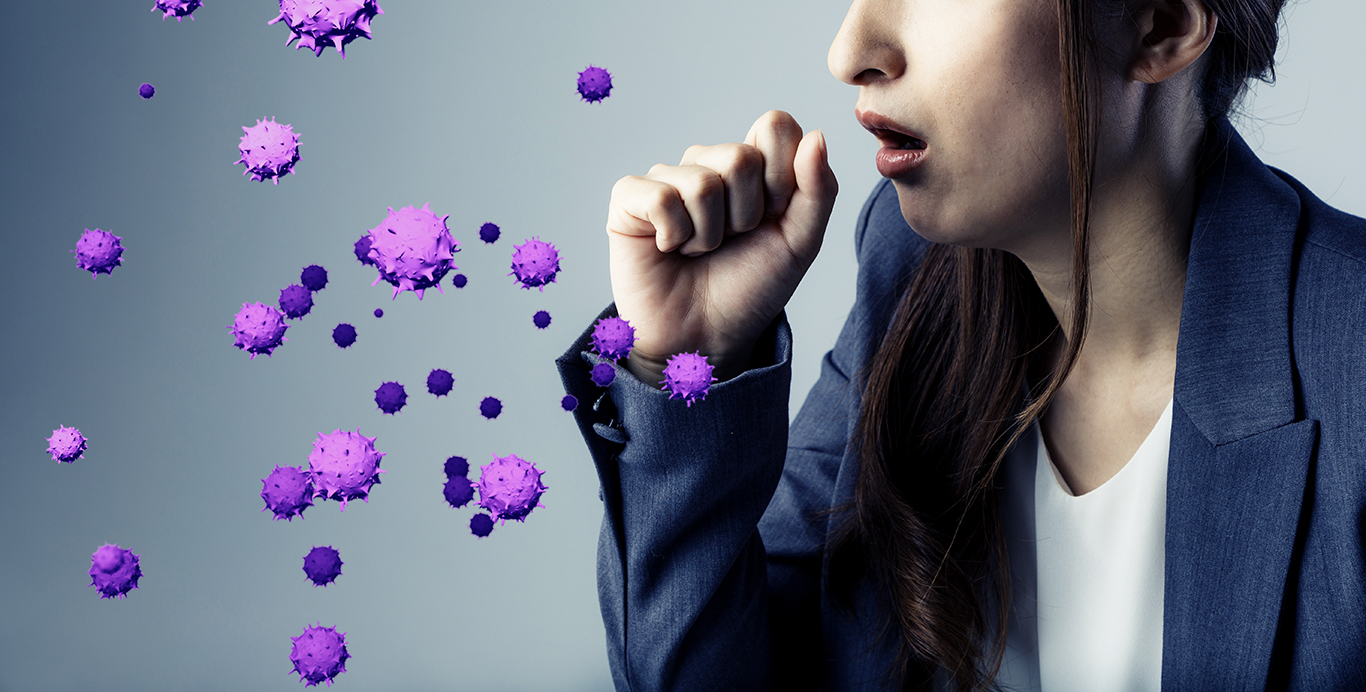Posted: Thursday, 27 February 2020
How do superbugs spread and can UV technology stop them?
A superbug is a viral infection of which the bacteria is drug and chemical resistant. This results in it being hard to cure and contain. Research suggests each year, more than 2 million people are infected by a strain of superbugs, resulting in at least 23,000 deaths nationwide. How is it spread you may ask? Often people contract superbugs on public transport.

For example, the London underground handles up to five million passenger journeys a day and out of the twelve superbug families identified by the World Health Organisation (WHO), London is home to some of the most harmful. Studies show that by testing the air within the different London underground stations harmful bacteria are rife. Victoria had 22 harmful bacteria, Circle line contained 20 destructive bacteria, Jubilee and Northern line both had 18 different detrimental bacteria present. The common harmful bacteria’s found on public transport are: Acine
tobacter Baumannii, Pseudomonas Aeuginosa, E.Coli, Enterococcus Faecium, Staphylococcus Aureus and Salmonellae. These have detrimental side effects with some cases resulting in death.
The most common way of spreading viruses is airborne. In the 1930s William F Wells pioneered the concept of airborne infections. Wells presented the idea that various-sized droplets containing infectious organisms are propelled into the air and evaporated after an infected person coughs or sneezes, enabling harmful airborne viruses to be spread quickly from person to person.
Wells furthered his studies in 1935 which established that airborne infectious organisms could be effectively annihilated by using UV technology within a short period of time. UV disinfection is a reliable disinfection method that does not leave space for human error like manual disinfection methods – this allows a reliable form of protection against harmful pathogens. A huge problem we face is how the deoxyribonucleic acid (DNA) of microorganisms adapt to become superbugs which are resistant to chemicals and drugs. However, UV disinfection tackles this problem head on because UV germicidal light kills the microorganism by disrupting their DNA rendering them unable to reproduce.
Studies by Downes and Blunt in 1877 showed how UV light prevents the growth of microorganisms. They observed that exposing a test tube containing Pasteur’s solution to sunlight prevented the growth of the microorganisms within the tube and with an increased exposure duration the test tube remained bacteria free for several months. Hockberger called this discovery “one of the most influential discoveries in all photobiology.” Downes and Blunt then went on to demonstrate how UV light can neutralize harmful bacteria with the correct intensity, duration and wavelength.
Studies published in the American Journal of Infection Control state UV disinfection is 97.7% effective in eliminating harmful pathogens which is more effective than the chemical alternatives. UV light also tackles the airborne spores which are missed by liquid disinfectants.
COVID-19 is a new breed of deadly virus. Fortunately, there are studies on previous viruses which have spread in similar ways through humans in recent times, such as SARS and MERS. These studies show that the virus can be deactivated through specific UV dosages which disrupt the DNA of the virus, rendering it unable to spread further.
Scientists believe the same effects can be applied to COVID-19, through the use of specific doses of UV.
How can UV tackle airborne virus within public transport?
 UV can be used in a variety of ways to achieve required disinfection needs, including UV held within HVAC units. This is where UV light irradiates the air as it passes through an enclosed air-circulation system (HVAC). A published trial held by Duke Health demonstrated that the use of UVC systems can cut the transmission of four major superbugs by a cumulative 30%. UV within HVAC systems is the perfect method for public transport as it can be placed in the existing HVAC system and as it’s enclosed, it creates a safe environment for the public without exposing them to harmful UV rays, enabling a consistent disinfection process.
UV can be used in a variety of ways to achieve required disinfection needs, including UV held within HVAC units. This is where UV light irradiates the air as it passes through an enclosed air-circulation system (HVAC). A published trial held by Duke Health demonstrated that the use of UVC systems can cut the transmission of four major superbugs by a cumulative 30%. UV within HVAC systems is the perfect method for public transport as it can be placed in the existing HVAC system and as it’s enclosed, it creates a safe environment for the public without exposing them to harmful UV rays, enabling a consistent disinfection process.
UV air disinfection can be used in a variety of environments and applications such as hospitals to decrease hospital acquired infections, food production to stop the spread of harmful bacteria and increase product shelf life and in laboratories to decrease cross contamination.
How can we help?
Alpha-Purify are industry experts within the UV disinfection industry. We provide UV disinfection systems including three air disinfection systems and an array of UV lamps and UV system accessories. We also have a worldwide distribution network creating a one stop shop for a clean and safe future. Our air disinfection range (AP-A Range) comes in three models APA-Jet, APA-Flo (which sits inside HVAC systems) and the AP-Evo.
CLICK HERE to view our UVETTA air disinfection range.
Contact Us or via telephone on +44(0)1327 368205